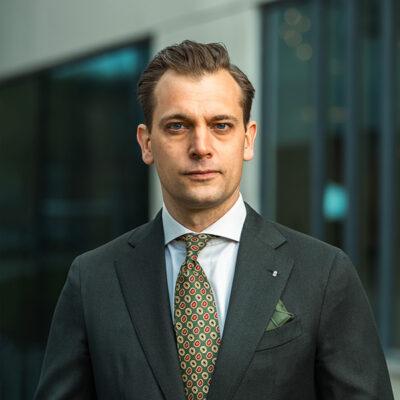Bureaucratic gender mainstreaming – what’s not to get excited about?
The room is full of representatives from the Jordanian security forces. They are in Sweden on a study trip and have come to FBA to learn more about our work on promoting gender equality in the context of international peace and security generally, and our experience from supporting gender mainstreaming more specifically. I have decided to talk about the conceptual thinking behind much of the work that we do, whether it is with the EU’s Common Security and Defence Policy missions in Palestine and Ukraine, or with different national counterparts in the Democratic Republic of Congo, Mali and Colombia. I insist on calling it bureaucratic gender mainstreaming, despite some colleagues’ friendly caution that it may not be the best way to attract people’s interest. But this time I am lucky. Soon enough I see heads nodding. This group definitely shares my excitement.
The introduction of gender mainstreaming, or more concretely the integration of a gender perspective in ordinary business, was nothing short of a revolution when it entered the international policy discourse in the mid-90s. Conceptually, gender mainstreaming was a shift from an exclusive women’s focus to a structural understanding of gender inequalities, where both women and men are seen to be implicated although in different ways and to a different extent. The gender perspective highlighted the unequal distribution of power between the sexes and emphasized that we cannot understand the situation of women without understanding the condition of men (and vice versa). As such, gender mainstreaming grew out of the realization that years of projects with an exclusive focus on women had been necessary and important, but insufficient. In response it stressed that gender inequality needs to be addressed where women and men’s lives are most affected. Inside the mainstream. Away from the margins. Towards structural change.
However, with time gender mainstreaming has been suffering from conceptual vagueness and different interpretations, not rarely reduced to narrow understandings of women’s representation, often with an indirect assumption that women’s lack of capacity is the problem rather than unequal societal structures. This is in total contradiction to its original intention. That’s why, nearly 25 years after its introduction, it is time to reclaim gender mainstreaming as the force it was meant to be; a strategy that aims at changing how we collectively analyze reality and therefore go about doing things. At the core of everyday business. Where women and men live their lives.
So why bureaucratic? Anyone taking a closer look at both the ECOSOC definition and that of the Council of Europe can see that gender mainstreaming is an inherently institutional process, aimed at changing work processes at their very core. This notwithstanding, for too many years change has relied on the individual driving spirit, the stand alone ad hoc projects and personal commitments rather than an institutional machinery that kicks in and moves the process forward. As a consequence, there has been a heavy emphasis on awareness raising and to change people’s attitudes rather than on building organizations that make people to do the right thing, regardless of their individual beliefs and commitments.
To prefix bureaucratic before gender mainstreaming is thus a way to remind ourselves what gender mainstreaming was meant to be: a core corporate commitment that draws on the full force of ordinary business to promote gender equality. This is not to say that attitudes and individual commitments are unimportant. Or that gender equality can be reduced to the technicalities of checklists. But rather that the work to promote gender equality cannot depend on individual people’s personal attitudes and that the sought for revolution can be found in the small consistent steps of a gender equal mandate implementation. For this to happen, we need to see gender mainstreaming for what it is: A phased organizational change process. Led by the management, strategically supported by gender advisers and gender focal points and implemented by everyone. In other words, a functioning bureaucracy.
av Gabriela Elroy






